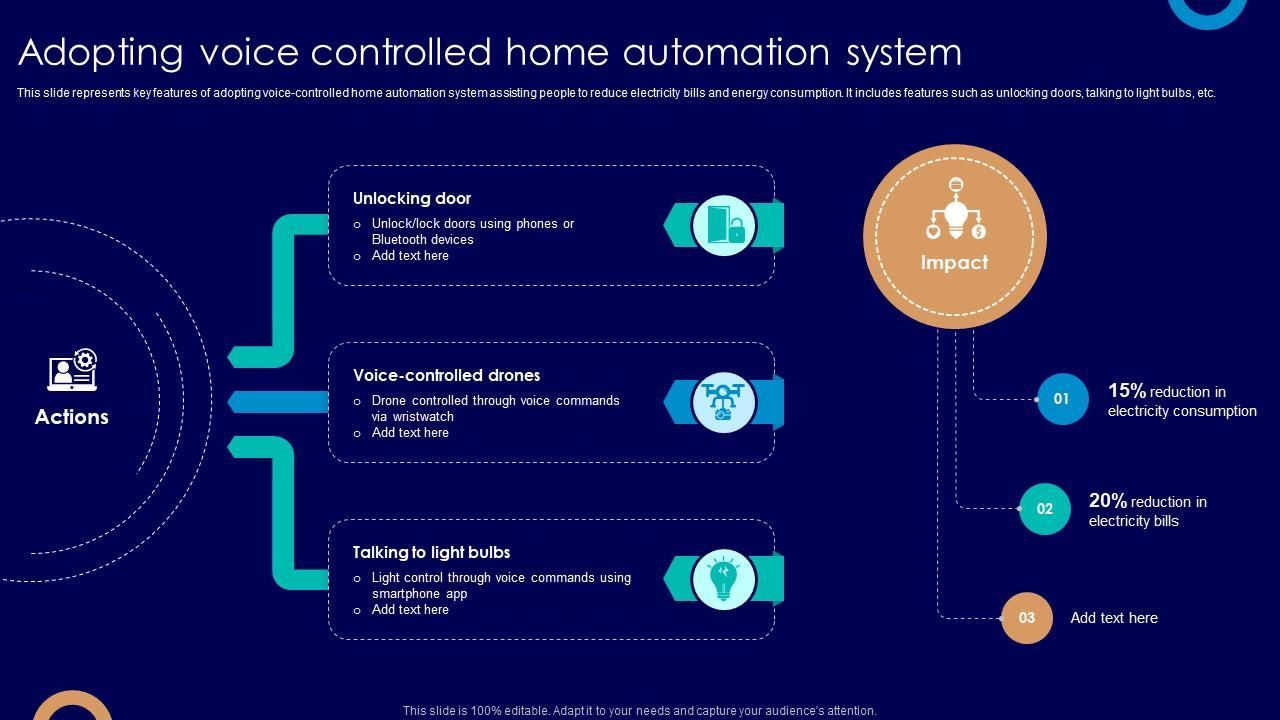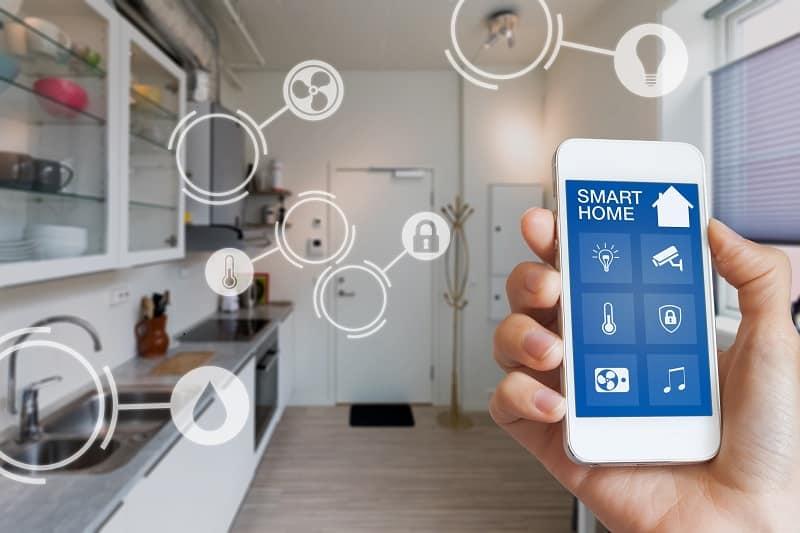In an era where technology seamlessly intertwines with everyday living, the concept of a smart home has shifted from luxury to standard expectation. Voice-controlled home features, once considered futuristic novelties, are now becoming integral elements in new residential constructions. As builders embrace this digital evolution, homeowners are discovering a new level of convenience, accessibility, and efficiency at their command-simply spoken aloud. This transformation not only redefines modern living spaces but also signals a broader shift toward homes that listen, respond, and adapt to the rhythms of daily life.
Table of Contents
- Voice Activation Transforms Everyday Living Spaces
- Seamless Integration with Smart Home Ecosystems
- Enhancing Accessibility and Convenience for All Residents
- Energy Efficiency Gains Through Voice-Controlled Systems
- Choosing the Right Voice Technology for Your New Build
- Frequently Asked Questions
- In Conclusion
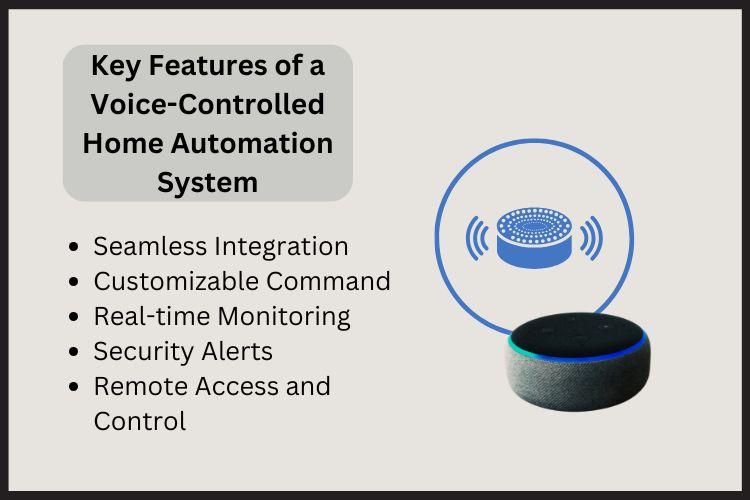
Voice Activation Transforms Everyday Living Spaces
Imagine a home where every command you speak triggers seamless changes in your environment-lights dim softly as you say “movie time,” thermostats adjust to your preferred temperature with a simple phrase, and your favorite playlist starts playing without lifting a finger. Voice activation technology is no longer a futuristic concept but a staple in new residential constructions, reshaping how we interact with our living spaces.
Beyond convenience, voice control enhances accessibility, empowering individuals with mobility challenges to manage their homes effortlessly. This intuitive interface reduces the friction between intention and action, creating a more inclusive and user-friendly environment. Developers are integrating these systems from the ground up, ensuring that voice-activated features are not merely add-ons but fundamental components of modern home design.
Here are some popular voice-activated features becoming standard in new builds:
- Smart lighting control: Customize ambiance with voice commands tailored to different moods and times of day.
- Climate management: Adjust heating and cooling systems instantly for optimal comfort and energy efficiency.
- Security systems: Arm or disarm alarms, monitor cameras, and control door locks hands-free.
- Entertainment hubs: Navigate streaming services and multimedia devices simply by speaking.
| Feature | Benefit | Typical Command |
|---|---|---|
| Lighting | Creates perfect ambiance | “Set lights to relaxing mode” |
| Thermostat | Energy savings and comfort | “Lower temperature to 72 degrees” |
| Security | Enhanced safety and control | “Lock all doors” |
| Entertainment | Effortless media management | “Play jazz playlist” |
Seamless Integration with Smart Home Ecosystems
Modern homes are no longer isolated units; they function as interconnected hubs where every device communicates seamlessly. The latest voice-enabled features are designed to integrate effortlessly with popular smart home platforms such as Amazon Alexa, Google Assistant, and Apple HomeKit. This means homeowners can control lighting, climate, security, and entertainment systems with a single voice command, creating an intuitive living experience.
Developers are prioritizing compatibility and ease of use, ensuring that new builds come equipped with pre-installed hubs and sensors that recognize a wide range of devices. As a result, adding new smart gadgets or expanding existing setups is straightforward, without the need for complicated installations or additional hardware.
- Unified control: Manage multiple devices through a single app or voice assistant.
- Custom automation: Set personalized routines, such as “Good Morning” or “Away Mode.”
- Cross-brand compatibility: Mix and match devices from different manufacturers effortlessly.
| Feature | Benefit | Example |
|---|---|---|
| Voice-Activated Lighting | Hands-free illumination control | “Turn off the living room lights” |
| Smart Thermostat | Energy-efficient temperature adjustment | “Set temperature to 72°F” |
| Security Integration | Real-time alerts and remote monitoring | “Show front door camera” |
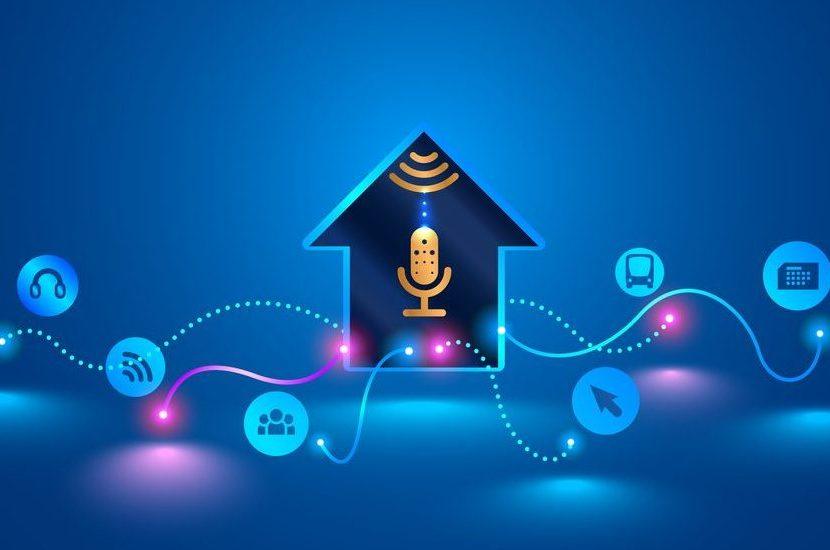
Enhancing Accessibility and Convenience for All Residents
Modern homes are evolving rapidly to meet the diverse needs of their inhabitants. By integrating voice-controlled technology, new residential developments are breaking down barriers for individuals with limited mobility or visual impairments. This innovation allows residents to manage lighting, climate, security, and entertainment systems simply through spoken commands, eliminating the need for physical interaction with switches or buttons.
The convenience factor extends beyond accessibility, benefiting busy families and tech enthusiasts alike. Voice commands enable multitasking in daily routines – whether it’s adjusting the thermostat while cooking or locking doors without leaving the sofa. Moreover, these systems are designed to learn and adapt, making personalized living experiences more intuitive and seamless.
Key benefits of voice-activated home features include:
- Hands-free control for enhanced safety and hygiene
- Customizable commands tailored to individual preferences
- Integration with smart appliances and security systems
- Energy-saving optimizations through automated adjustments
To illustrate the impact, consider the following comparison between traditional and voice-controlled home functions:
| Function | Traditional Method | Voice-Controlled Method |
|---|---|---|
| Lighting | Manual switches | “Turn on living room lights” |
| Thermostat | Physical dial or app navigation | “Set temperature to 72°F” |
| Security | Key or keypad entry | “Lock all doors” |
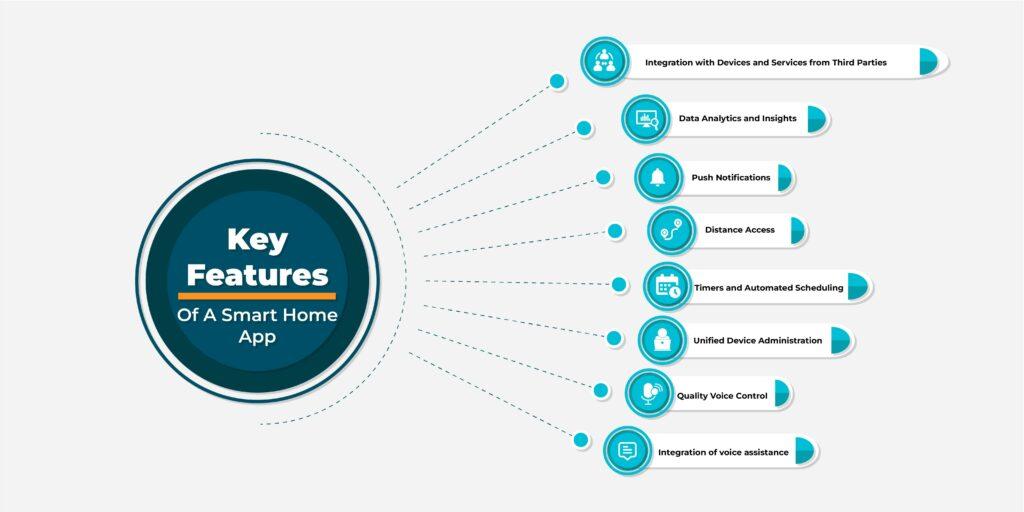
Energy Efficiency Gains Through Voice-Controlled Systems
Voice-controlled systems are revolutionizing the way homeowners manage their energy consumption. By integrating intelligent voice assistants with heating, cooling, and lighting controls, these systems enable users to optimize energy use effortlessly. Homeowners can simply issue commands like “Set the thermostat to 72 degrees” or “Turn off all lights in the living room”, ensuring energy is not wasted when rooms are unoccupied.
Beyond convenience, voice-activated devices encourage energy-conscious behaviors. Users receive real-time feedback on their consumption and can adjust settings on the fly without needing to navigate complex apps or panels. This immediacy helps reduce unnecessary energy drain and contributes to lower utility bills.
- Adaptive temperature control automatically adjusts based on occupancy detected via voice commands.
- Hands-free lighting management reduces the likelihood of lights being left on accidentally.
- Integration with smart appliances to power down devices when not in use.
| Feature | Energy Saving Impact | User Benefit |
|---|---|---|
| Voice-Controlled Thermostat | Up to 15% reduction in heating/cooling costs | Comfort plus savings |
| Smart Lighting Commands | 20% less electricity usage | Convenient and eco-friendly |
| Appliance Power Management | 10% energy waste reduction | Extended appliance life |
Choosing the Right Voice Technology for Your New Build
Integrating voice technology into your new home is more than just a trend-it’s a step toward a smarter, more intuitive living experience. When selecting the perfect system, consider compatibility with your existing devices and the ecosystem you prefer. Popular options like Amazon Alexa, Google Assistant, and Apple HomeKit each offer unique advantages, so aligning your choice with your lifestyle is crucial.
Ease of installation and future scalability are vital factors. Some platforms require complex wiring or hubs, while others operate wirelessly, making upgrades and expansions hassle-free. Opt for a solution that grows with your needs, whether adding smart lighting, climate controls, or security features down the line.
The user interface should be intuitive for all household members. Voice recognition accuracy, multilingual support, and customization capabilities enhance everyday convenience. Don’t overlook privacy settings either-ensure the system allows you to control data sharing and voice recordings to keep your family’s information secure.
- Compatibility: Devices and smart home platforms
- Installation: Wired vs. wireless options
- Scalability: Future-proofing your system
- Privacy: Control over data and voice commands
| Feature | Amazon Alexa | Google Assistant | Apple HomeKit |
|---|---|---|---|
| Device Compatibility | Extensive | Wide | Selective |
| Privacy Controls | Good | Moderate | Excellent |
| Ease of Use | High | Very High | High |
| Scalability | Flexible | Flexible | Moderate |
Frequently Asked Questions
Q&A: Voice-Controlled Home Features Now Standard in New Builds
Q: What does it mean that voice-controlled home features are now standard in new builds?
A: It means that new homes are being constructed with integrated voice-activated technologies as a default, rather than as optional upgrades. From lighting and climate control to security systems and entertainment, many functions can now be managed simply by speaking.
Q: Why are home builders including voice control as a standard feature?
A: Builders recognize that modern homeowners value convenience, accessibility, and smart technology. Voice control enhances daily living by making home management more intuitive, helping differentiate new builds in a competitive market.
Q: What types of voice-controlled features are commonly included?
A: Typical features include smart lighting systems that respond to verbal commands, thermostats that adjust temperature on request, voice-activated security cameras and locks, and integrated entertainment systems controlled by speech.
Q: Are voice-controlled home systems compatible with all voice assistants?
A: Most new homes come equipped with systems that are compatible with popular voice assistants like Amazon Alexa, Google Assistant, and Apple Siri, giving homeowners flexibility to choose their preferred platform.
Q: How secure are these voice-controlled systems?
A: Security varies by manufacturer, but many systems use encryption and require voice recognition or linked accounts to prevent unauthorized access. Homeowners are encouraged to regularly update their devices and use strong passwords.
Q: Can voice control improve accessibility in the home?
A: Absolutely. Voice-activated features can greatly assist individuals with mobility challenges, visual impairments, or other disabilities by enabling hands-free control of essential home functions.
Q: Are these features difficult or expensive to maintain?
A: Since voice control is integrated during construction, maintenance is generally streamlined. Updates often occur over the internet, and many systems are designed for ease of use. Costs can vary, but many builders include basic maintenance as part of their service.
Q: What does the future hold for voice-controlled homes?
A: As technology advances, homes will likely become even smarter, with improved natural language understanding, deeper integration of devices, and predictive capabilities that anticipate homeowner needs before commands are given.
Q: Should buyers expect all new homes to have voice control?
A: While voice control is becoming a standard feature in many new developments, availability may differ by region and builder. It’s always best to check specific offerings when purchasing a new home.
In Conclusion
As voice-controlled home features quietly weave themselves into the fabric of new builds, they mark a subtle yet profound shift in how we interact with our living spaces. What was once the realm of futuristic fantasy is now a standard expectation, blending convenience with innovation. As these technologies continue to evolve, they invite us to reimagine home not just as a place to live, but as a responsive partner in our daily lives-listening, adapting, and anticipating our needs with just the sound of our voice.